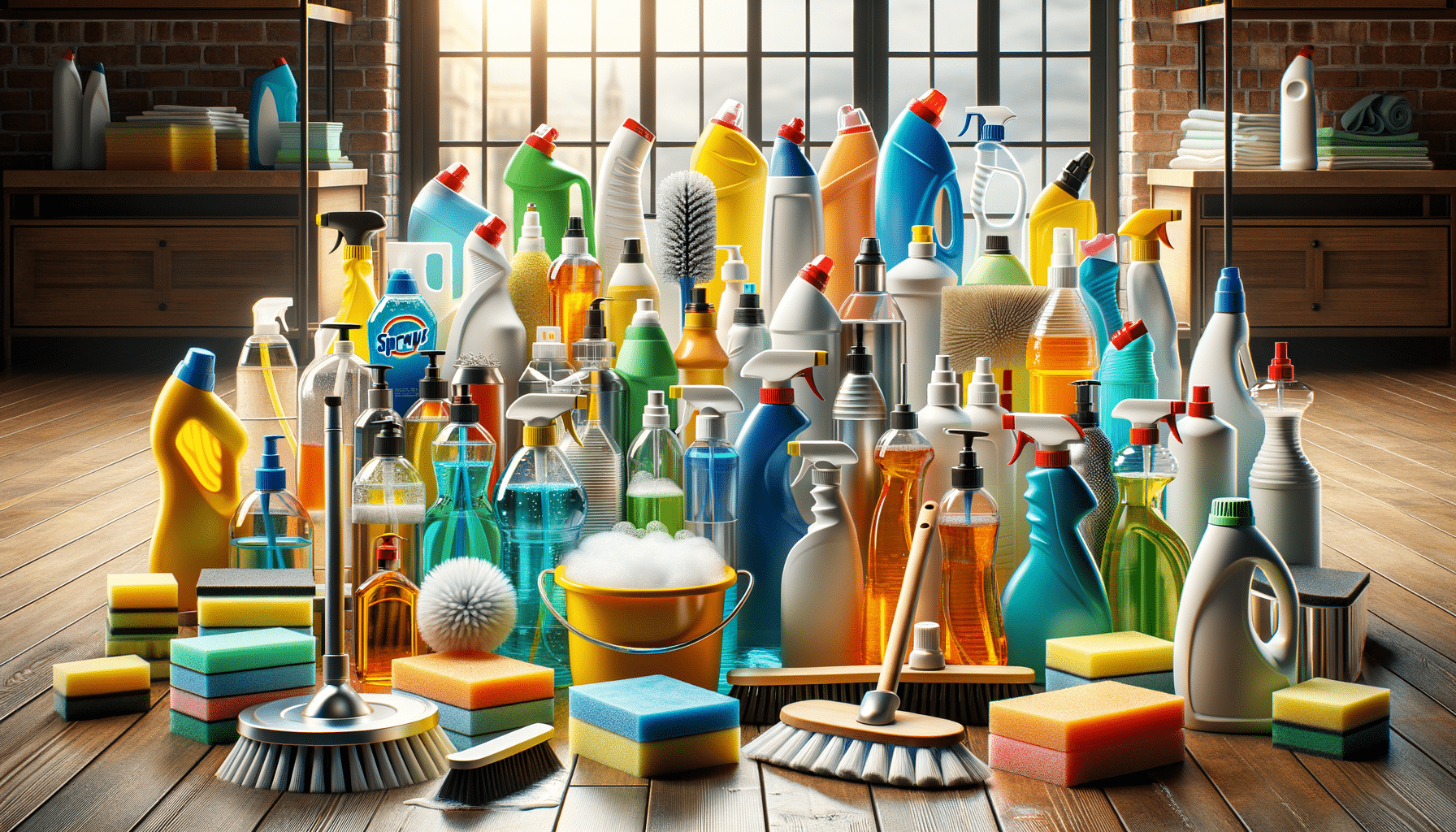
What You Need To Know About Household Cleaners
Introduction to Household Cleaners
In the hustle and bustle of daily life, maintaining a clean home is a priority for many. Household cleaners play a crucial role in this endeavor, ensuring our living spaces are not only aesthetically pleasing but also free from harmful germs and bacteria. This article delves into the world of cleaning products, exploring their types, uses, and the science behind their effectiveness. Understanding these products can help you make informed choices that benefit both your home and the environment.
Types of Household Cleaners
Household cleaners come in various forms, each designed for specific tasks. Broadly, they can be categorized into the following:
- All-Purpose Cleaners: Versatile and suitable for multiple surfaces, these cleaners are a staple in many households.
- Disinfectants: Essential for killing bacteria and viruses, particularly in bathrooms and kitchens.
- Glass Cleaners: Formulated to leave windows and mirrors streak-free.
- Bathroom Cleaners: Designed to tackle soap scum, limescale, and other bathroom-specific grime.
Each type of cleaner has its unique composition, tailored for its specific function. For instance, disinfectants often contain alcohol or bleach, known for their germ-killing properties. Understanding the purpose and composition of these cleaners can help you choose the right product for your needs.
The Science Behind Cleaning Products
The effectiveness of cleaning products lies in their chemical composition. Most cleaners contain surfactants, which help break down and remove dirt and grease. Surfactants work by reducing the surface tension of water, allowing it to spread and penetrate grime more easily. Additionally, many cleaners include enzymes that break down proteins, making them effective against organic stains.
Moreover, the pH level of a cleaner can influence its effectiveness. Acidic cleaners are excellent for removing mineral deposits and rust, while alkaline cleaners are better suited for cutting through grease and oils. By understanding the science behind these products, consumers can make informed decisions and select cleaners that are both effective and safe for their intended use.
Eco-Friendly Cleaning Options
As environmental awareness grows, many consumers are seeking eco-friendly cleaning alternatives. These products are designed to minimize their environmental impact while still providing effective cleaning power. Common features of eco-friendly cleaners include:
- Biodegradable Ingredients: These break down naturally, reducing pollution.
- Non-Toxic Formulas: Safe for both humans and pets, avoiding harsh chemicals.
- Recyclable Packaging: Helps reduce waste and promote sustainability.
Choosing eco-friendly cleaning products not only benefits the environment but also creates a healthier home environment. Many of these products use plant-based ingredients, which are gentle yet effective. By opting for sustainable options, you contribute to a cleaner planet and a safer home.
Conclusion: Making Informed Choices
In conclusion, understanding the various types and compositions of household cleaners is essential for maintaining a clean and healthy home. By being informed about the science and environmental impact of these products, consumers can make choices that align with their values and needs. Whether opting for traditional cleaners or exploring eco-friendly alternatives, the key is to choose products that effectively clean while ensuring safety for your family and the planet.


